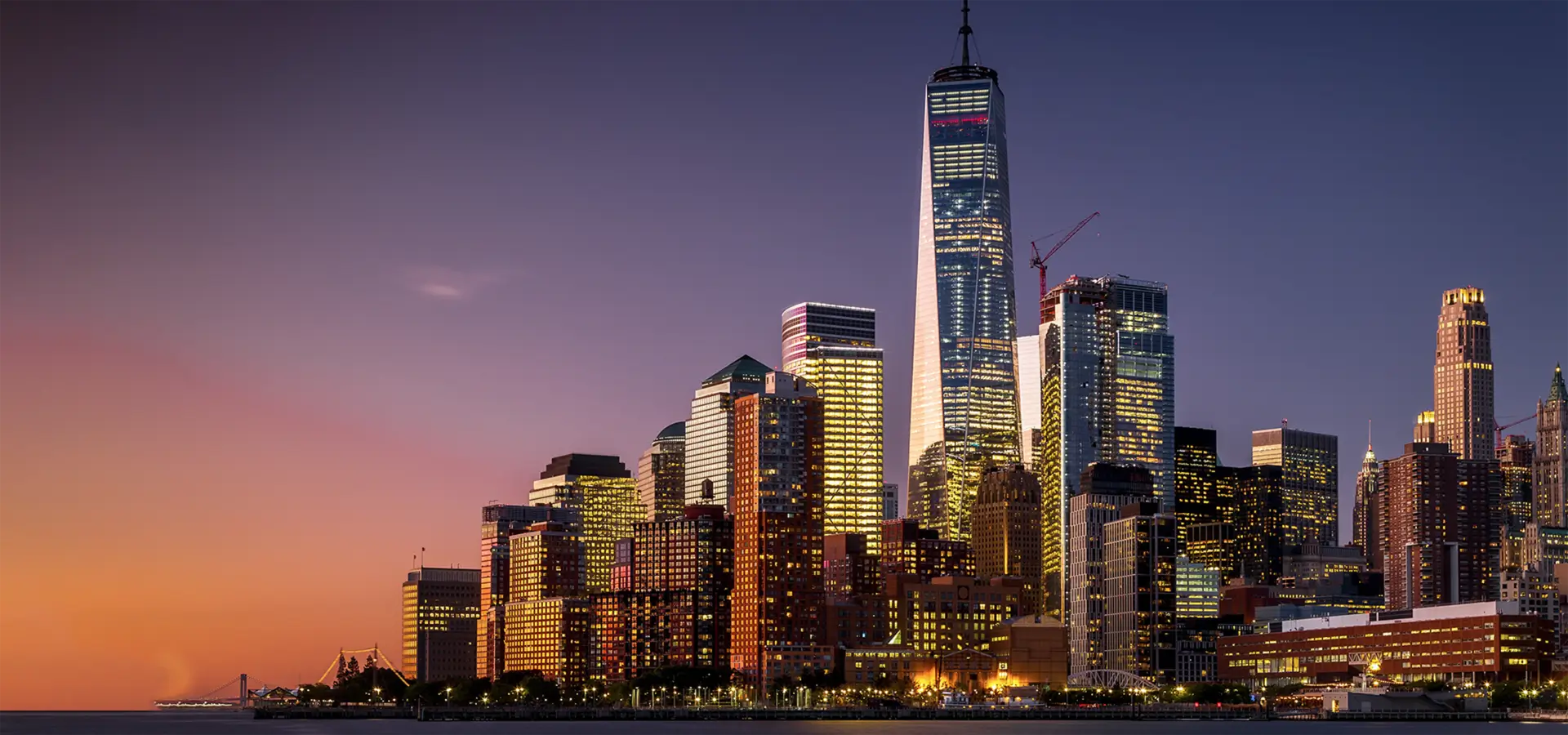

Understanding Low-E 340 Glass Features and Benefits
In the modern construction and architectural design landscape, energy efficiency has become a primary concern. One innovation that has significantly contributed to this objective is Low-E glass, specifically Low-E 340 glass. This advanced glazing technology not only enhances the aesthetic value of buildings but also plays a crucial role in reducing energy consumption. In this article, we will explore what Low-E 340 glass is, its features, benefits, and applications.
What is Low-E Glass?
Low-E, or low-emissivity glass, features a microscopic coating that reflects heat while allowing light to pass through. This innovative glazing technology is designed to improve the thermal performance of windows and other glazing systems. The 340 in Low-E 340 glass refers to the wavelength of the infrared radiation that the coating effectively reflects—measured in nanometers. This specific wavelength makes Low-E 340 particularly adept at blocking the sun's heat while still permitting visible light to enter.
Features of Low-E 340 Glass
1. Thermal Efficiency One of the standout features of Low-E 340 glass is its capacity to maintain indoor temperatures by reflecting radiant heat. This means that in the winter months, it holds warmth inside, and during the summer, it reflects excess heat away. Studies show that windows treated with Low-E 340 can significantly reduce energy costs associated with heating and cooling.
2. Visible Light Transmission Unlike some reflective glass options, Low-E 340 glass does not compromise the amount of natural light entering a building. It allows a high percentage of visible light transmission (VLT), which brightens indoor spaces without the negative effects of excess heat.
3. UV Protection The coating of Low-E glass also protects interiors from harmful ultraviolet (UV) rays, which can fade furniture, carpets, and artwork. By filtering out these rays, Low-E 340 glass helps to prolong the life of interior furnishings.
4. Aesthetic Appeal Low-E 340 glass is available in various styles and thicknesses, enhancing both traditional and contemporary architectural designs. Its clarity and ability to maintain aesthetic value without sacrificing functionality make it a popular choice among architects and designers.
Benefits of Low-E 340 Glass

1. Energy Savings Buildings equipped with Low-E 340 glass can significantly reduce their energy consumption. According to various studies, energy bills can be cut by up to 30% to 50% depending on geographical location and building orientation.
2. Comfort By keeping temperatures stable, Low-E 340 glass enhances indoor comfort. Homeowners and occupants can enjoy a more pleasant indoor climate year-round, regardless of outdoor conditions.
3. Environmental Impact Using Low-E glass contributes to a lower carbon footprint. By decreasing the energy needed for heating and cooling, buildings with this glazing technology can substantially reduce greenhouse gas emissions associated with energy production.
4. Increased Property Value Energy-efficient features, such as Low-E 340 glass, can improve the resale value of a property. Prospective buyers are increasingly looking for homes that offer energy-saving attributes, making Low-E glass an attractive selling point.
Applications of Low-E 340 Glass
Low-E 340 glass is versatile and can be used across various applications, including
- Residential Buildings Homeowners utilize Low-E 340 glass in windows and patio doors to enhance energy efficiency while maintaining aesthetic appeal. - Commercial Spaces Offices, retail spaces, and institutional buildings leverage Low-E glass to create comfortable environments for workers and customers alike. - Skylights and Curtain Walls For projects featuring large glass surfaces, such as skylights or curtain walls, Low-E 340 ensures that visible light is maximized while heat gain is minimized.
Conclusion
In summary, Low-E 340 glass provides an innovative solution for energy efficiency in modern building design. With its exceptional thermal performance, UV protection, and aesthetic flexibility, it offers numerous advantages for both residential and commercial applications. As the industry moves toward more sustainable practices, Low-E glass remains an essential element in achieving energy-efficient buildings that do not compromise on comfort or style. For architects, builders, and homeowners alike, the adoption of Low-E 340 glass is a step toward a more sustainable future.